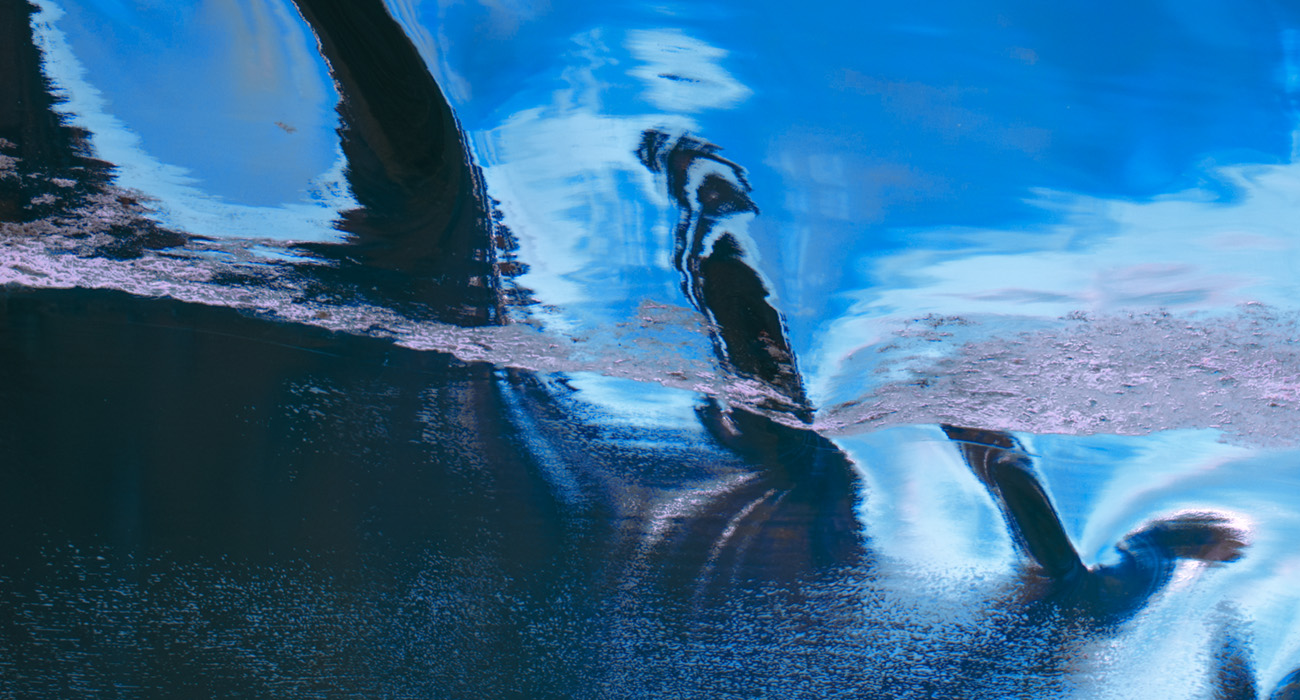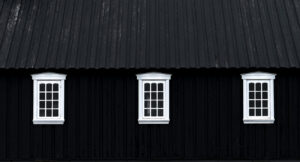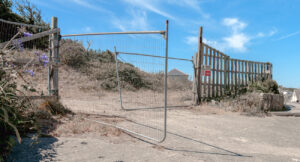Seeing Differently: Creating Abstract Landscapes While Traveling
Abstract landscapes offer photographers a powerful way to go beyond traditional scenery and tell deeper, more personal visual stories. As a traveler and landscape photographer, combining the grandeur of natural places with an abstract approach allows you to see the world in unexpected ways—and capture it with meaning, not just beauty.
Why Abstract Landscapes Matter in Travel Photography
In the age of visual overload, travel images that stand out are not always the wide shots of iconic places—but those that reveal something unusual, emotional, or hidden. Abstract landscapes invite viewers to slow down, look closer, and feel something beyond what’s obvious. They blur the line between reality and impression, allowing you as the photographer to express mood, concept, or form rather than just place.
What Makes a Landscape Abstract?
An abstract landscape isn’t defined by what you shoot, but how you shoot it. It involves:
- Removing context (e.g., cropping out the horizon)
- Focusing on patterns, textures, light, or color blocks
- Using reflections, movement, or distortion
- Breaking rules of conventional landscape composition
These techniques transform familiar places into something unique—making your images both artistic and personal.
7 Techniques to Create Abstract Landscapes While Traveling
- Zoom in on textures
Weathered rocks, cracked desert soil, volcanic ash, waves, or icy surfaces—all offer natural patterns that become abstract when tightly framed. - Use natural light and shadows
Side light during golden hour or harsh midday sun can create strong contrasts that flatten perspective or emphasize surface details. - Shoot from above or below
A high viewpoint (e.g., drone or cliff) can turn rivers into lines or farmlands into geometric shapes. Shooting from ground level can make grass or leaves look like painted textures. - Play with motion blur or long exposures
Moving water, wind-blown grasses, or even people can create painterly effects that add emotion and abstraction to a scene. - Use reflections creatively
Still lakes, puddles, or glass surfaces can offer a fragmented or flipped view of the world—ideal for abstract interpretation. - Work in minimalism
Deserts, snowfields, salt flats, or foggy coastlines are perfect for minimalist compositions that simplify the scene into tone, line, and space. - Edit with intention
Post-processing can help heighten the abstract feel. Use contrast, color grading, and selective focus to shift the image away from literal representation.
Where to Find the Best Abstract Landscapes on Your Travels
- Iceland’s volcanic terrain: moss fields, lava flows, black beaches
- Namibia’s deserts: shifting sand dunes, dry riverbeds
- Patagonia: weather-worn rock faces, layered mountains
- Salt flats (e.g., Bolivia): natural mirror effects, surreal light
- Arctic or alpine regions: snow patterns, frozen surfaces
- Urban nature zones: reflections in city puddles or worn stone in historical sites
Final Thoughts: Seeing the World Differently
Creating abstract landscapes is about developing a way of seeing—where the physical world becomes raw material for artistic interpretation. As a photographer on the road, this mindset allows you to create images that go deeper than documentation and reflect your personal journey.
Whether in windswept plains, dense forests, or busy urban parks, beauty exists in details, forms, and emotions—you just need to slow down, experiment, and let your vision guide you.
Recommended Articles on Abstract Landscapes
- “How to Create Abstract Landscape Photos With Ease” – PhotoTraces
A pro-level guide with step-by-step examples (reflection, flip, Lightroom) from a Yosemite shoot. Great for illustrating technique and workflow (phototraces.com). - “10 Tips for Photographing ‘Abstract Landscapes’” – PetaPixel
Written by award‑winning photographer Albert Dros, this piece covers composition, textures, light, water, and patterns—perfect for inspiring travelers (petapixel.com). - “Landscape Photography: 7 Pro Tips to Getting It Right” – World Nomads
Not abstract-specific but emphasizes emotional impact, minimal post-processing, and composition—solid foundation for going abstract (worldnomads.com). - “9 steps to shooting abstract landscape photography” – Photocrowd Photography Blog
Focused guidance on sky exclusion, lens choice, post-production tweaks—great for deepening your process (photocrowd.com). - “Abstract Photography: Exploring the Essence of Nature and Landscapes” – Rick Berk Fine Art Photography
A thoughtful artist’s perspective on abstraction, selective focus, intentional camera movement, and drone work (rickberk.com). - “A Journey into Abstraction” – On Landscape
Explores the philosophy behind abstract landscapes and how personal vision and cultural context shape the creative process (onlandscape.co.uk).



